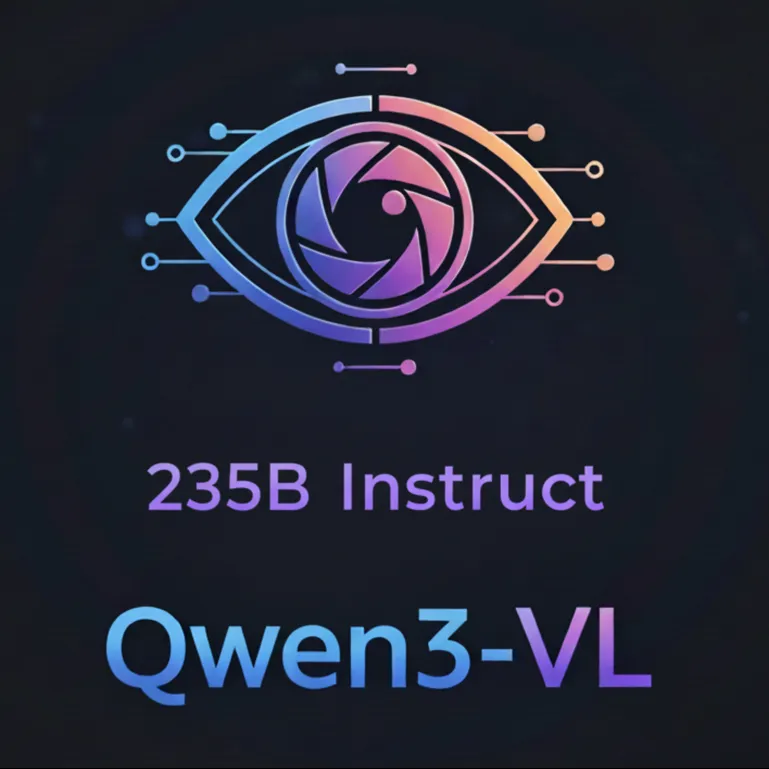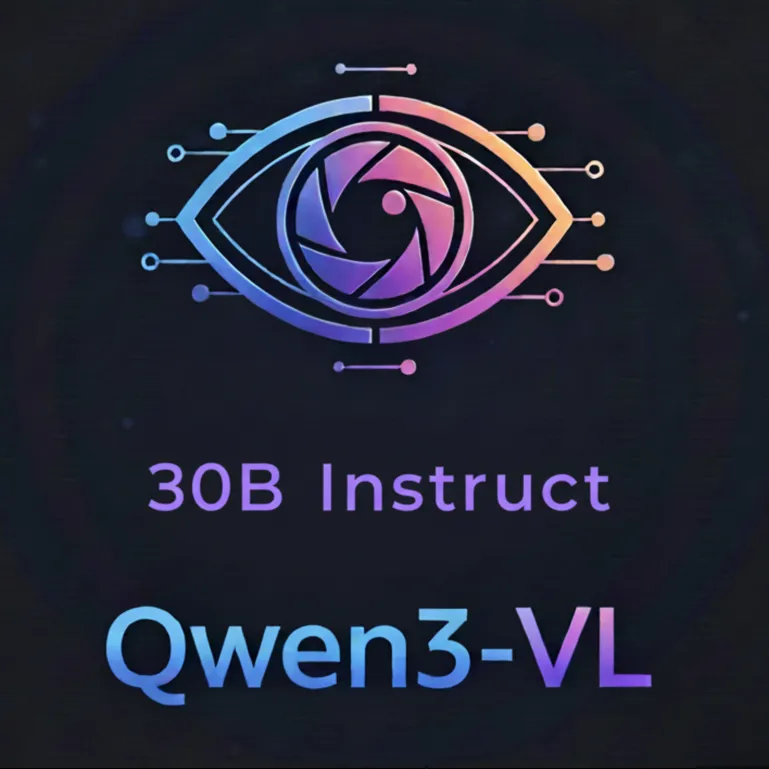We use essential cookies to make our site work. With your consent, we may also use non-essential cookies to improve user experience and analyze website traffic…
FLUX.2 is live! High-fidelity image generation made simple.
Browse deepinfra models:
All categories and models you can try out and directly use in deepinfra:

© 2025 Deep Infra. All rights reserved.





























